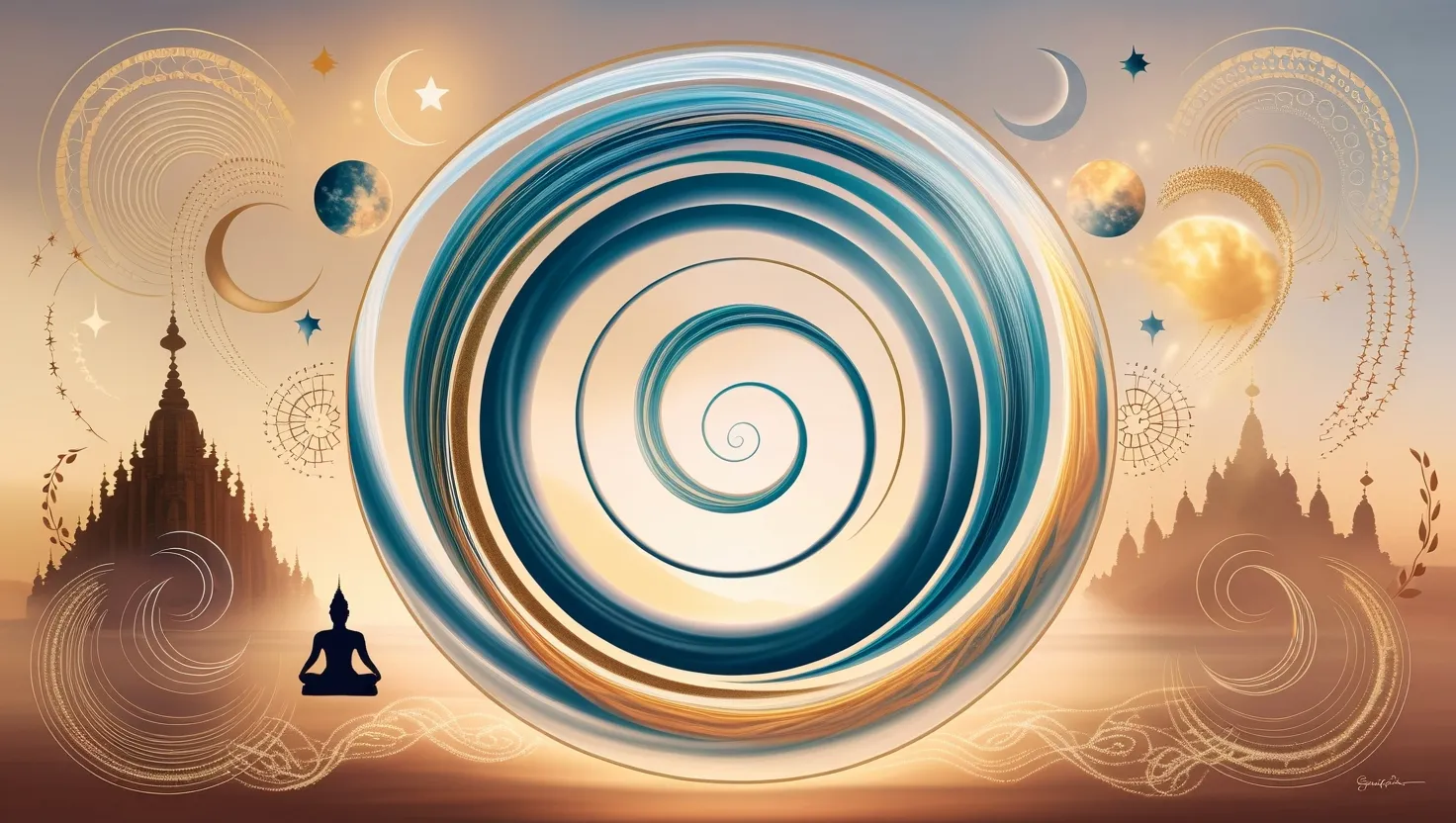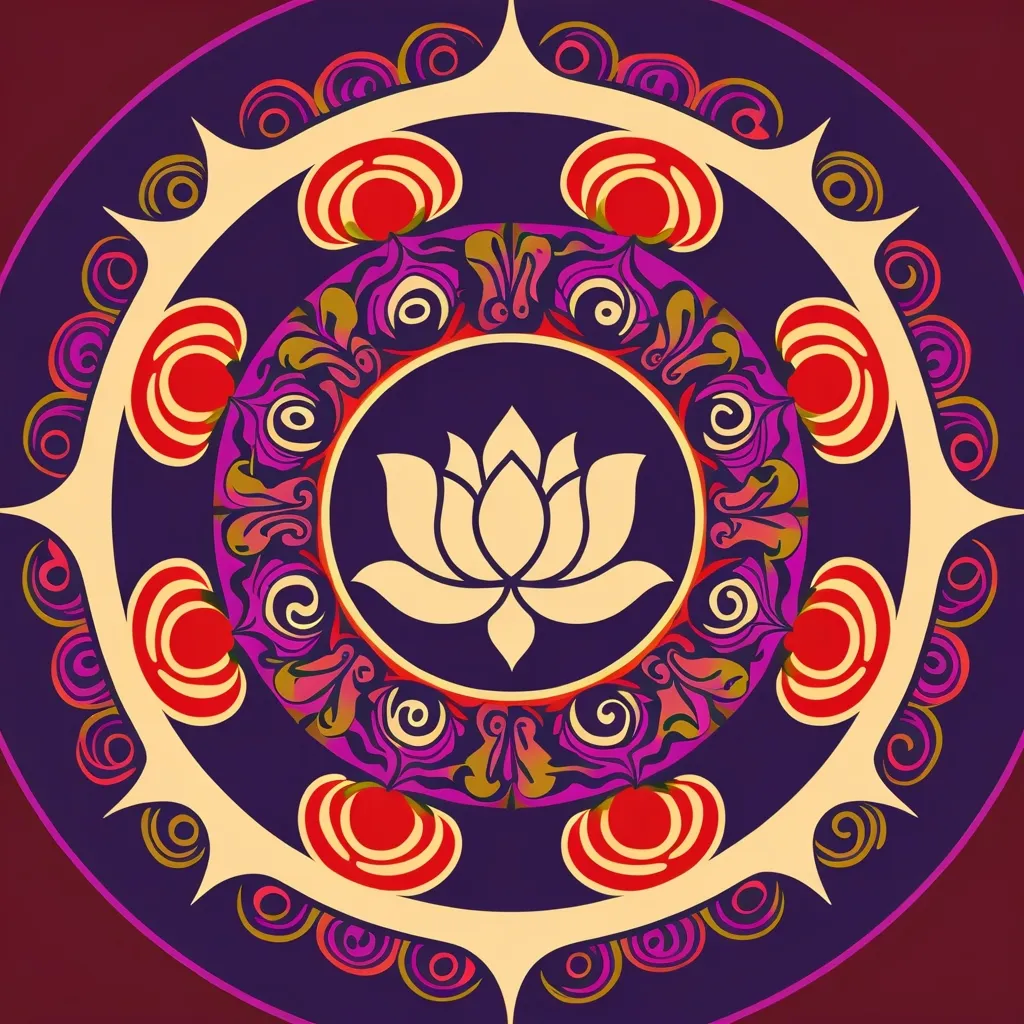Namaste: More Than Just a Yoga Class Greeting
Ever wondered what “Namaste” really means? It’s not just that word you say at the end of yoga class. There’s a whole lot more to it, and it’s pretty cool when you dig into it.
So, let’s break it down. “Namaste” is like saying “I bow to you,” but it’s not about physically bowing. It’s more about recognizing something special in the person you’re greeting. In Hindu tradition, it’s like saying, “Hey, I see the divine in you.” Pretty deep, right?
Now, don’t confuse “Namaste” with “Namaskar.” They’re like cousins – related, but not the same. “Namaskar” is more of a general “Hey, what’s up?” kind of greeting. “Namaste” is more specific, like you’re talking to the big boss upstairs, if you know what I mean.
Here’s where it gets interesting. In modern yoga classes, people toss around “Namaste” like it’s no big deal. But traditionally, it wasn’t meant for casual use between people. It was more about addressing the supreme being. Kind of makes you think twice about using it, huh?
In India, where this word comes from, it’s used as a simple greeting. But in yoga and Hinduism, it’s got this whole spiritual vibe going on. It’s like saying, “I see the light in you, and you see the light in me.” When you put your hands together and bow your head, you’re not just being polite. You’re connecting with something bigger.
Now, some people get all worked up about cultural appropriation when it comes to using “Namaste.” But you know what? Many Indians and Hindus are cool with it. They see it as a sign of respect for their culture. It’s like if you’re learning French and say “Bonjour” – you’re not stealing their language, you’re appreciating it.
The key is to use it with respect and understanding. Don’t just say it because it sounds cool. Say it because you get what it means and you’re down with that whole spiritual connection thing.
So, how do you bring this “Namaste” vibe into your everyday life? It’s not about saying the word all the time. It’s more about the attitude behind it. Imagine if you approached every person you met with the mindset of “I see the divine in you.” It could totally change how you interact with people.
Think about it. You’re at the grocery store, and the cashier is having a rough day. Instead of getting annoyed, you think “Namaste” in your head. Suddenly, you’re seeing them as a person with their own struggles and joys. You might smile, ask how their day is going, or just be a little more patient. That’s the “Namaste” spirit in action.
Or maybe you’re stuck in traffic, and someone cuts you off. Instead of road rage, you take a deep breath and think “Namaste.” You remember that the other driver is a human being, just like you. Maybe they’re rushing to the hospital or late for an important meeting. It doesn’t excuse their behavior, but it helps you stay calm and not let it ruin your day.
At work, “Namaste” could mean really listening to your coworkers, even when you disagree. It’s about seeing the value in everyone’s perspective, even if it’s different from yours. It’s not about being a pushover; it’s about approaching conflicts with respect and openness.
In your relationships, “Namaste” could mean taking a moment to appreciate the people in your life. It’s easy to take loved ones for granted, but if you approach each interaction with the “Namaste” mindset, you’re more likely to see the amazing qualities in them.
Even when you’re alone, “Namaste” can be powerful. It’s about recognizing the divine within yourself. So when you’re feeling down or struggling with self-doubt, remember “Namaste.” You’ve got that same light inside you that you see in others. It’s a reminder to be kind to yourself and to honor your own journey.
Now, let’s talk about yoga for a sec. Yoga isn’t just about getting bendy or zen. It’s this whole journey towards spiritual unity. When you say “Namaste” in yoga, you’re tapping into that bigger picture. It’s like saying, “Hey, I’m on this path to connect with something bigger than myself, and I see you’re on that path too.”
In yoga, every pose, every breath, is about bringing you closer to that unity. “Namaste” is like the cherry on top. It’s a reminder of why you’re doing all those downward dogs and warrior poses in the first place. It’s not just about getting a workout; it’s about connecting with that divine energy inside you and around you.
And here’s the cool thing – you don’t have to be religious to get into the “Namaste” vibe. It’s more about recognizing that there’s something special in every person, including yourself. It’s about approaching life with openness, respect, and a sense of wonder.
So, next time you hear “Namaste,” whether it’s in a yoga class or somewhere else, take a moment to really think about what it means. It’s not just a word; it’s a whole philosophy packed into six letters. It’s about seeing the best in others and yourself. It’s about approaching life with respect and kindness.
Imagine if everyone approached each other with the “Namaste” attitude. We’d probably have a lot less conflict and a lot more understanding. It doesn’t mean you have to agree with everyone or like everyone. But it does mean approaching each interaction with an open heart and mind.
In the end, “Namaste” is about connection. It’s about remembering that we’re all in this together, that we all have value, and that we’re all connected in some way. It’s a reminder to slow down, to be present, and to really see the people around us.
So, why not give it a try? Next time you’re about to interact with someone, take a deep breath and think “Namaste.” See how it changes your approach. You might be surprised at how such a simple concept can have such a big impact on your day-to-day life.
Remember, “Namaste” isn’t just for yoga class. It’s a way of life. It’s about bringing that sense of respect, connection, and spiritual awareness into everything you do. Whether you’re at work, at home, or out in the world, carrying the spirit of “Namaste” with you can make every interaction a little bit more meaningful.
So, go ahead. Embrace your inner “Namaste.” See the light in others, honor the light in yourself, and watch how it transforms your world. It’s not about being perfect or super spiritual all the time. It’s just about being a little more aware, a little more kind, and a little more connected. And who knows? You might just start a “Namaste” revolution, one interaction at a time.






